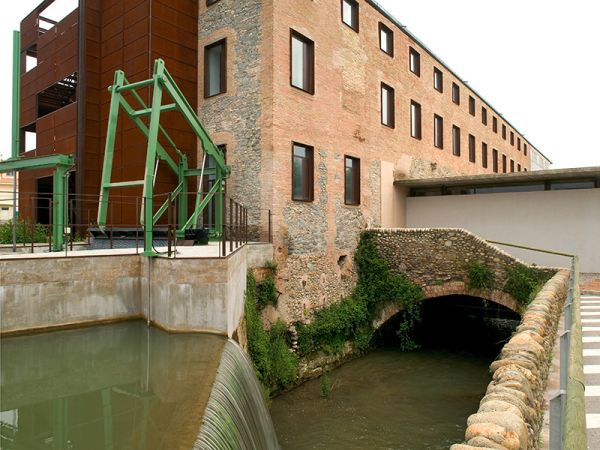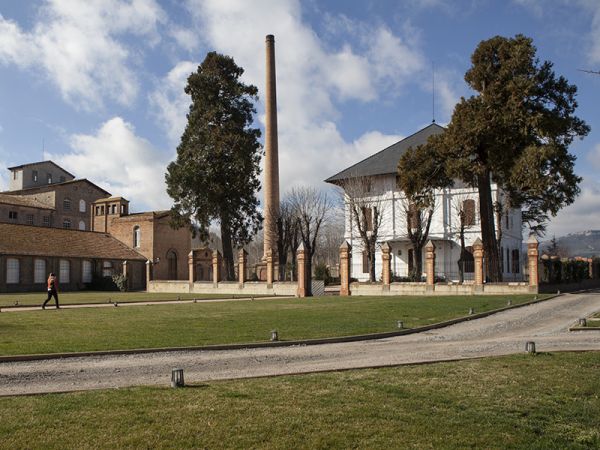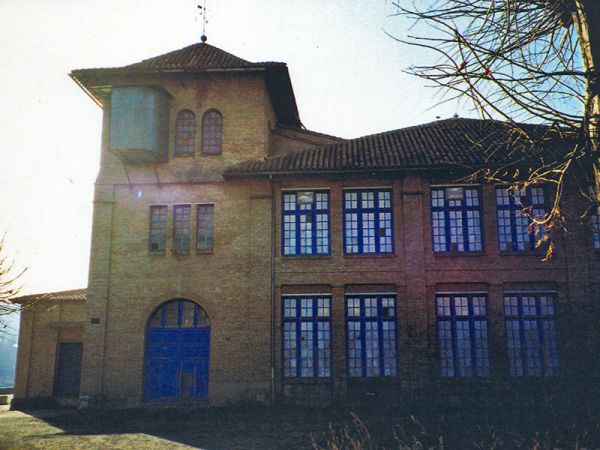During the
19th century Catalonia, like other European countries, underwent a
process of industrialisation. In our country the
textile industry was the driving force behind this process, and the
river Ter was a key element of it. We invite you to visit the
museum of the river Ter and the industrial heritage surrounding Manlleu to discover more about the industrial past of the district of Osona, near the river.
MUSEUM OF THE RIVER TER AND CAN SANGLASThe
museum of the river Ter is located in the building that was formerly occupied by the
Can Sanglas cotton spinning mill, one of the first factories to be built on the banks of the river in Manlleu, at the end of almost two kilometres of the
Manlleu industrial canal, one of the most iconic from the period of
Catalan industrialisation. You can see how a
Fontaine hydraulic turbine works, and learn more about the unique process of industrialisation in this part of
Catalonia.
THE RUSIÑOL COMPANY TOWN OF CAN REMISAThis
company town has its origins in 1866, when the
Remisa industrialists became established here. Later on, in the
1870s, Santiago Rusiñol's grandfather bought
Can Remisa in order to turn it into Jaime Rusiñol's cotton mill, the
Fábrica de Hilados y
Tejidos de Algodón. It is located on the main road from Manlleu to La Gleva, and of the
owner's house and gardens can be visited. The building is a cross between
Romanesque and
Modernista architecture.
TECLA SALA “LA BLAVA”In
Roda de Ter, 10 minutes by car from Manlleu, is the
former Tecla Sala e Hijos textile mill, which was built during the early years of the
20th century. It is popularly known as
La Blava on account of its blue colour. The poet
Miquel Martí i Pol once worked here and the building spans the divide between the
arts and industry.
Have we managed to inspire you? If you have any other interesting suggestions please send them to us on Facebook or publish your photos on Instagram with the hashtag #patrimonicultural 

